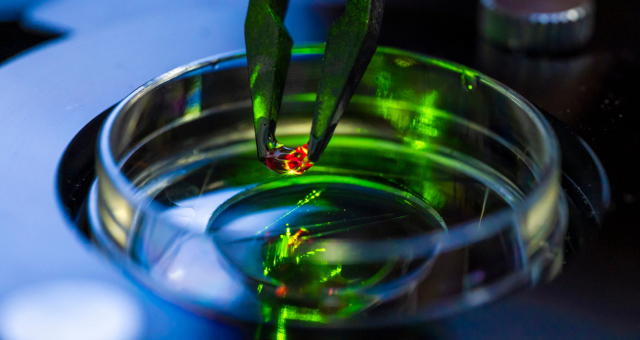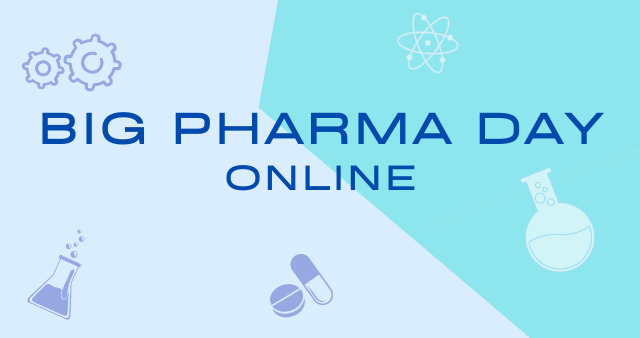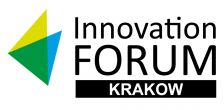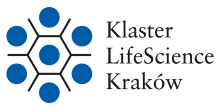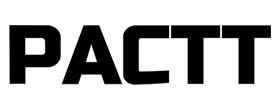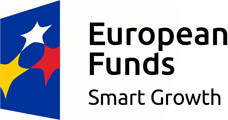
This technology solves this problem, creating safe in vivo delivery system for these gene editing tools.

The major difficulties for gene therapy – that is, the repair of faulty genes that cause disease – are safety and efficiency. It is important to ensure that introducing the gene editing components will not cause an adverse immune response and, once they are in the body, these components need to get inside of cells in order to perform the gene repair. This technology addresses both of these issues, creating a biological delivery service that is based on a form of communication that cells in the body already use, called extracellular vesicles. Extracellular vesicles are essentially small packages containing proteins and other cellular material that cells send to one another. This technology creates Engineered Vesicles, or EVs, that contain the gene editing components. Because cells in the body are used to this type of delivery system, the components are more readily received, resulting in greater gene editing efficiency. The EVs can further be engineered for delivery to specific organs, much like putting an address on the package. Lastly, the EVs are generated using stem cells, which are known to be very safe in terms of not activating an immune response. Hence, EVs are both a safe and effective way to perform gene editing, which has huge potential for modern medicine.
The offered safe in vivo delivery of gene targeting tools is patent pending. Further research and development of the invention are continued at the Faculty of Biochemistry, Biophysics and Biotechnology, Jagiellonian University and at the Albert-Ludwigs University Freiburg in Germany. Currently the Centre for Technology Transfer CITTRU is looking for entities interested in commercial application of the invention.

information / broker of Jagiellonian University


